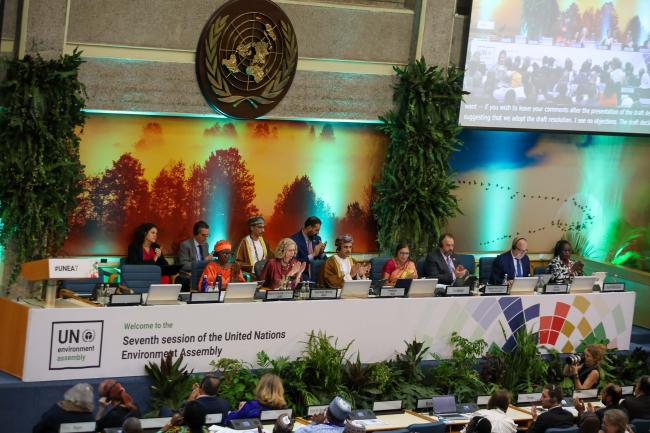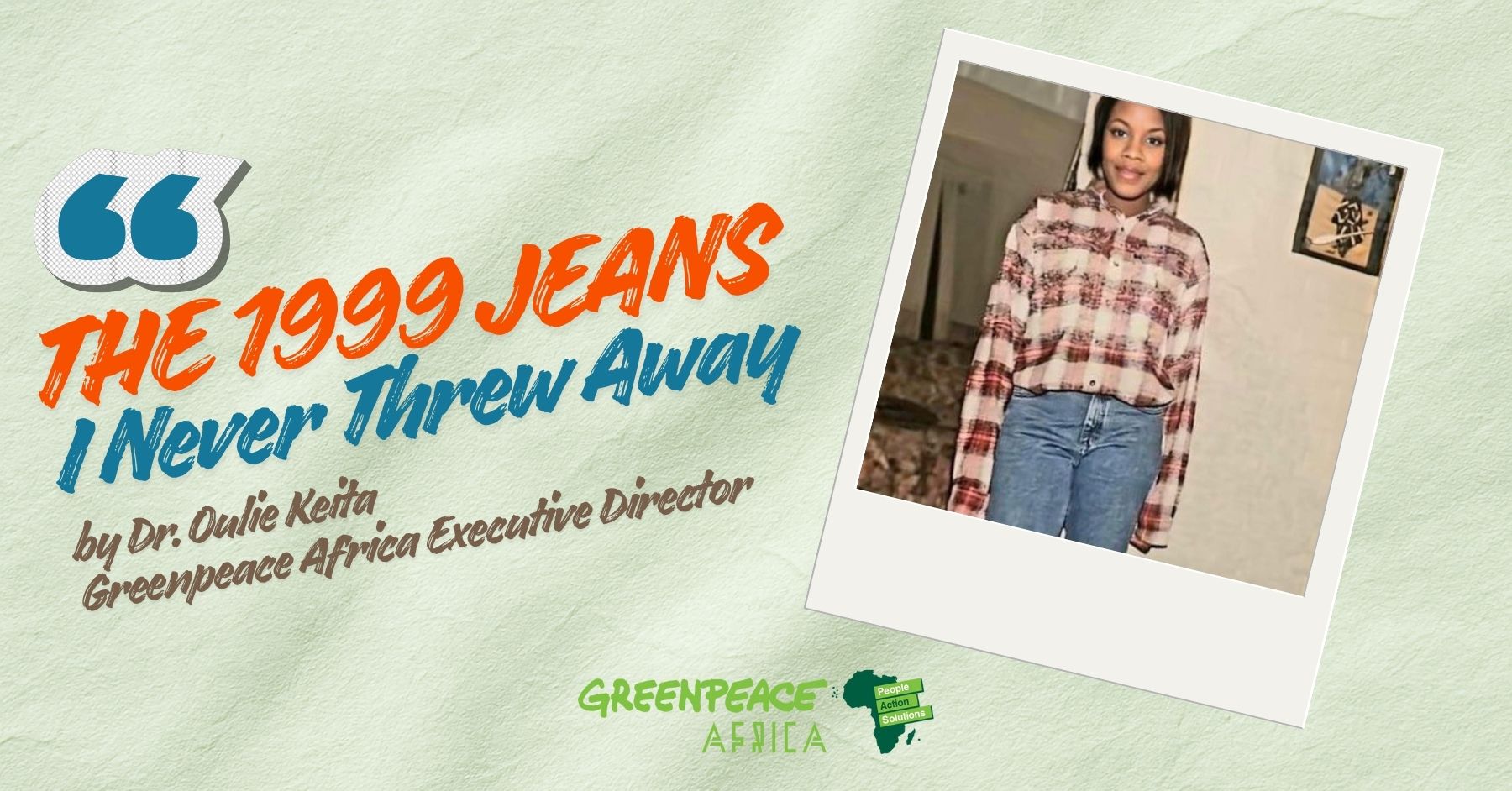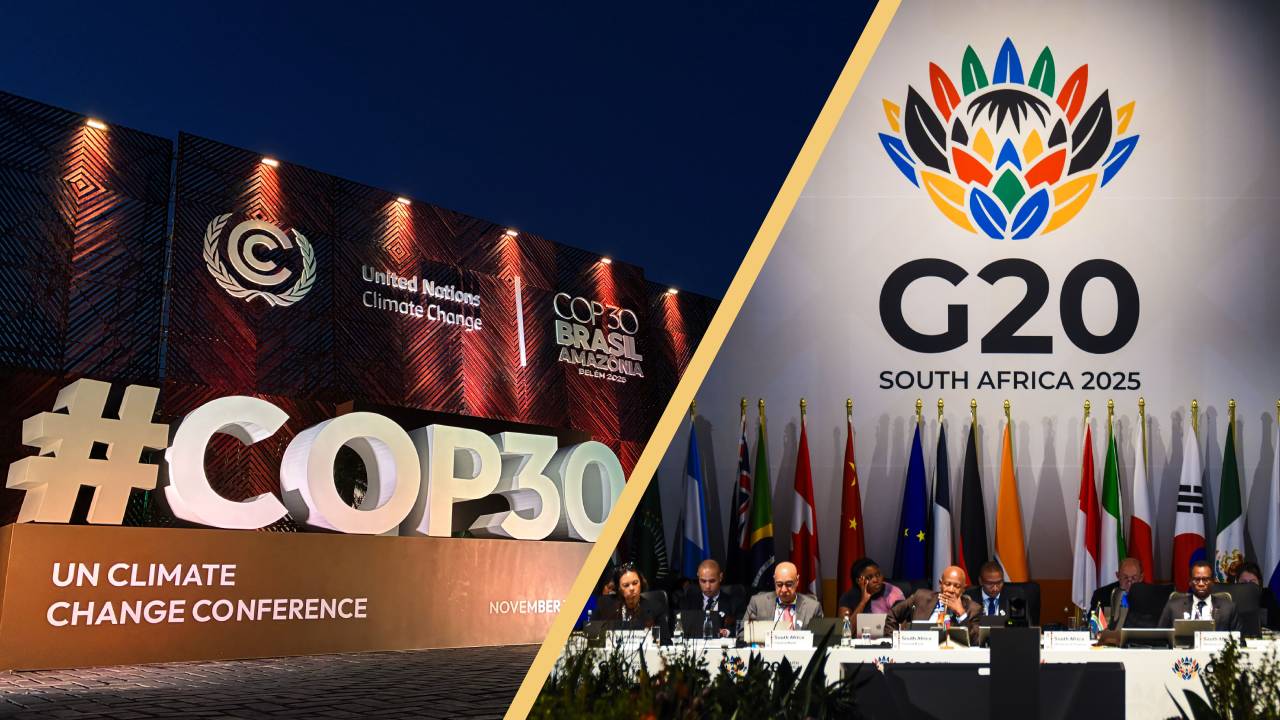QUICK LINKS
– Flooding in East Africa
– Other countries in Africa
– Other adverse impacts of flooding in Africa
– What is exacerbating flooding in Africa?
– Strategies for combating flood risks in Africa
– Make a real impact
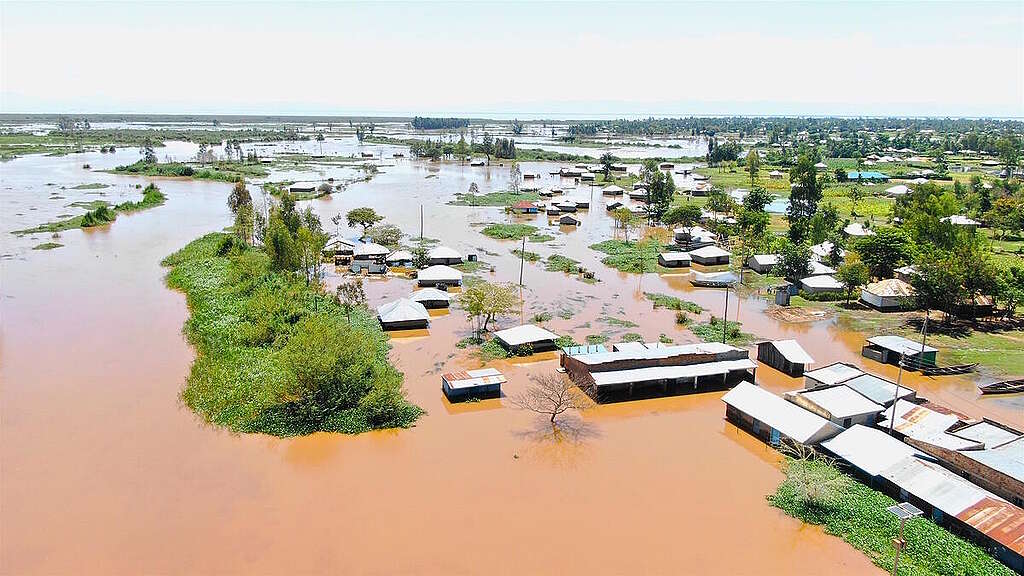
The warmer our planet gets the more intense weather events are becoming. In the past year, floods have devastated Africa leaving a trail of disaster in their wake.
In East Africa, for instance, the recent catastrophic floods have presented a humanitarian crisis as residents grapple with displacement, strained healthcare and transport systems, education disruption, lack of basic necessities, and loss of livelihoods. More alarming is the death toll from these disastrous floods.
The World Meteorological Organisation had warned that the heavy rains could worsen in Eastern Africa with Tropical Cyclone Hidaya’s arrival in the region. Cyclone Hidaya comes a little over a year after Cyclone Freddy wreaked havoc in Southern Africa, triggering widespread destruction. Fortunately, Cyclone Hidaya lost its strength a day after landing on Tanzania’s coast.
Here is a timeline of flooding events in Africa.
Flooding in East Africa
East African countries were yet to recover from the four-year drought that had hit the region when the El nino weather phenomenon occurred. This weather pattern triggered floods and landslides that began in late October and lasted through to January, worsening living conditions for vulnerable communities. The heavy rains and flooding peaked during the March-May rainy season, further devastating East African nations.
Kenya
The persistent heavy rains in Kenya have had a significant human cost, with 43 out of the 47 counties being adversely affected. Data from Kenya Red Cross indicates flood-related fatalities to be 271 as of May 20, 2024. More than 160 people have also been reported missing and several others injured due to floods.
The country’s infrastructure has not been spared either. Landslides, overflowing rivers, and bursting dams have caused widespread infrastructural damage exemplified by collapsed dams, and flooded or completely damaged homes, schools, and business premises, affecting over 80,000 households and displacing 48,896 others. The relentless torrential rains and subsequent floods have also crippled livelihoods, paralysed transportation in some areas, disrupted education, and exacerbated health issues.
Unfortunately, vulnerable communities such as those living in informal settlements have been hit the hardest by this disaster. In Mathare, for instance, residents were forced to abandon their flooded homes and seek shelter on higher grounds for their safety. Refugees in the Dadaab camp region were also forced to relocate due to increasing water levels within the camp which swept many of their homes away. Most recently, heavy rains in Merti Sub-County in Isiolo County led River Ewaso-Nyiro to overflow, causing widespread inundation and leaving 763 families without basic necessities like food and shelter.
Last year’s floods, which affected at least 19 of the 47 counties, had similarly catastrophic consequences for communities. The disaster had disproportionate impacts on vulnerable groups, particularly those in northern Kenya who were still reeling from the adverse impacts of the severe drought that had impacted the region when the floods occurred.
Tanzania
The situation in Tanzania is no different as the country grapples with a rising death toll, crop destruction, and property and infrastructural damage after weeks of intense rainfall that triggered floods and landslides.
Fortunately, Cyclone Hidaya, which initially caused alarm in the disaster-stricken country, waned a day after its arrival.
Late last year, numerous households across Arusha, Dar es Salaam, Kigoma, Tanga, Zanzibar, and Kagera were also severely affected by floods, resulting in similar consequences. Hanang District was one of the regions that recorded a high death toll, with more than sixty people losing their lives and over 300 others displaced after their homes were buried or swept away.
Burundi
In Burundi, the ongoing heavy rains and subsequent floods caused the Rusizi stream to break, flooding homes, streets, and schools in the Kajaga region in the country’s capital of Bujumbura. The International Organization for Migration (IOM) estimated the number of affected people to be 239,000, with roughly 36,900 being displaced.
Last year in October, several provinces in Burundi were also affected by flooding, including Makamba, Rutana, Gitega, and Cibitoke. The floods destroyed houses, schools, and churches across these provinces, causing injuries, death, and displacement to residents.
In Makamba Province, four people died and 15 more were injured after a church collapsed. Crops were also wiped out and farmland destroyed during this period, increasing food insecurity and causing livelihood disruptions.
Somalia
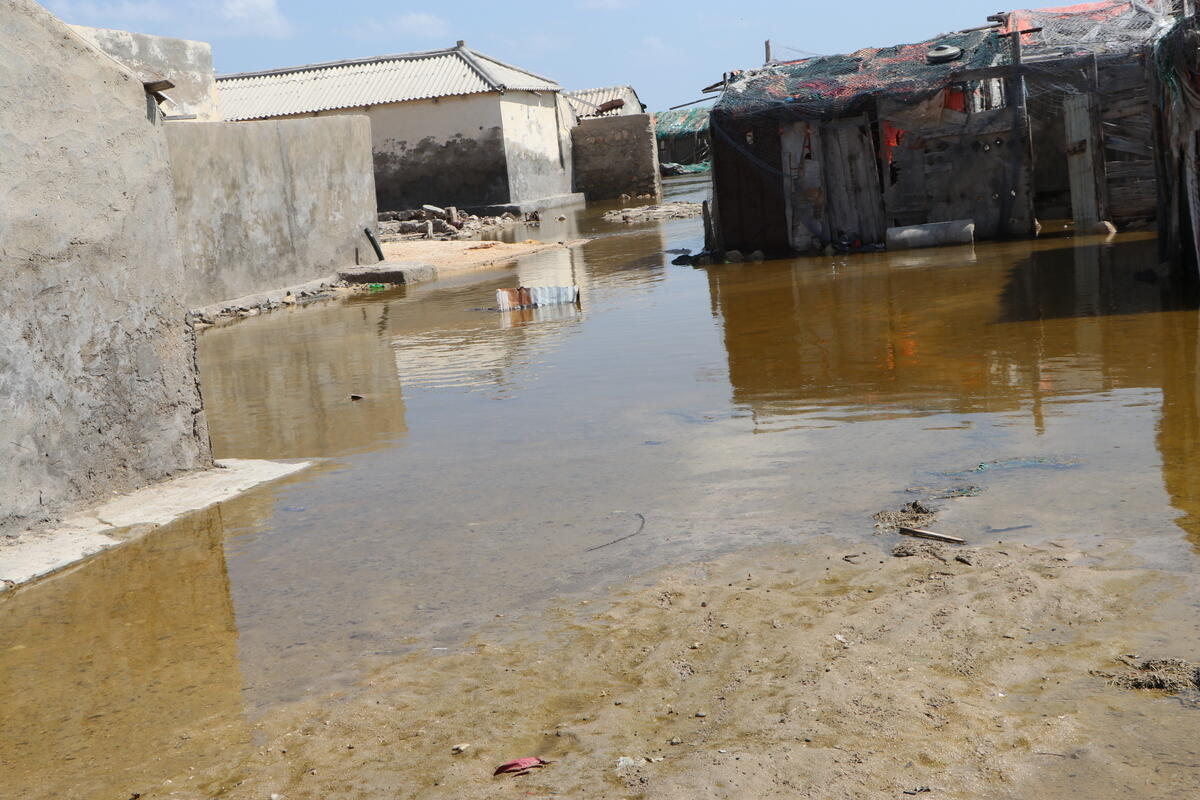
Somalia’s federal government declared a state of emergency late last year after torrential rains triggered flash floods in different parts of the country during the Deyr season. During this period, over 113,690 individuals were temporarily displaced from their homes.
The floods also disrupted learning in institutions across Somalia due to flooding in schools and damaged roads, which made movement impossible. The heavy rains and subsequent flooding further interrupted internet connection and electricity supply and led to a spike in the prices of fuel sources like firewood or charcoal.
Ethiopia
As of mid-November 2023, flash floods in Ethiopia’s Somali region had left over 20 people dead and many more injured. The floods precipitated by heavy rainfall also wiped out an estimated 1,000 hectares of crops, and livestock in their thousands.
In Southern Ethiopia, over 50% of one land area was reportedly submerged under water, posing challenges to communities who depended on it for their livelihoods.
Other countries in Africa that have suffered unprecedented flooding in the past year include:
Democratic Republic of Congo (DRC)
DRC’s catastrophic floods were a topic of concern early in the year, with 18 of its 26 provinces experiencing the most devastating floods in over five decades. This extreme weather event left over 2 million people vulnerable, more than half of these being children. Nearly 100,000 houses were also damaged along with thousands of schools and hundreds of hospitals. The floods also exacerbated the existing cholera outbreak and made the country vulnerable to the spread of other waterborne diseases.
Libya
Libya’s catastrophic floods, which began in September 2023, triggered widespread destruction through the country’s regions and claimed thousands of lives. Amid the flooding prompted by tropical Storm Daniel, two dams collapsed in the city of Derna, releasing an estimated 1 billion cubic metres of water into already flooded regions. Upwards of 11,000 people died as a result and over 10,000 others were reported missing. The floods also damaged roads, hospitals, and homes, causing widespread displacement.
South Africa
Flash floods hit South Africa’s Ladysmith town in KwaZulu-Natal Province late December killing more than a dozen residents and destroying over a thousand homes. Free State and KwaZulu-Natal Provinces also experienced flooding in January 2024, suffering similarly adverse impacts. As recently as early June 2024 ten people lost their lives due to flooding in the Eastern Cape.
Other adverse impacts of flooding in Africa
Flooding has triggered numerous other adverse impacts in Africa beyond the immediate loss of lives, property, and farmland, primarily affecting vulnerable groups. Some of these impacts are a direct result of flooding such as the destruction of clean water sources and the spread of waterborne diseases, while others such as increased poverty and gender-based violence are secondary.
Damage to clean water resources
Flooding increases the risk of damage to water distribution systems and treatment facilities, limiting communities’ access to clean and safe drinking water. Additionally, floods increase the risk of water contamination and subsequently the spread of waterborne diseases, especially in coastal areas where rising sea levels can trigger saltwater intrusion into otherwise fresh water sources.
Increased poverty
Flooding also exposes vulnerable communities across Africa to increased poverty, affecting their ability to lead dignified lives.
Families that lose their breadwinners are left without the means to support themselves, while those that depend on crops or livestock for livelihood struggle to scrape by, prompting a vicious cycle of poverty.
The loss of homes and other property is also a financial setback for households as they are forced to start over. For vulnerable households, starting over can mean falling into debt, trapping them in poverty.
Gender-based violence
While gender-based violence is not a direct result of flooding, some of the adverse impacts like displacement have been shown to increase women and girls’ risk of experiencing violence. During the El Nino weather phenomenon in late 2023, Plan International conducted a needs assessment in Marsabit and Tana River counties in Kenya and confirmed that flooding heightens the risk of gender-based violence. Girls and women from vulnerable communities admitted to feeling exposed to sexual assault or abuse as the floods had forced them to take shelter in public places like schools and to share rooms with strangers.
What is exacerbating flooding in Africa?
The causes of floods in Africa include the climate crisis, a decline in forest cover due to deforestation, rapid urbanisation, and infrastructural challenges.
The climate crisis
The climate crisis is driven by a surge in greenhouse gas emissions, fueled by widespread deforestation, overdependence on fossil fuels, and unsustainable agricultural practices. As a result, Africa is experiencing extreme weather events, including severe – and more frequent – floods and droughts, due to increased precipitation and temperatures, and a rise in sea levels.
Intense Rainfall
Heavy and intense rainfall has become commonplace across Africa in recent months thanks to increasing global temperatures, leaving affected communities vulnerable to poor living conditions. This is because the warmer the atmosphere gets the more water vapour is stored. Additionally, rising temperatures also alter air circulation patterns, increasing the frequency and intensity of extreme weather phenomena like El Nino. Such heavy rainfall can overwhelm drainage systems and the land’s capacity to absorb it, resulting in inundation. Many of the African countries that have experienced flooding recently lack proper drainage infrastructure.
Rising sea levels
Climate change is also responsible for inundation in coastal areas across Africa in that it triggers a rise in sea levels. This happens because the warmer the planet gets the more glaciers melt, causing fresh water to flow into oceans. Unfortunately, the rise in sea levels is uneven, which leaves some regions more vulnerable to flooding and its impacts than others, Africa’s western and eastern coasts being among them.
Deforestation
“Despite being the second continent with the largest forest cover, Africa loses forests to the tune of over three million hectares annually. Over 80 million hectares of forest have been lost since 2000.”
Deforestation is a major factor in the climate and nature crisis. When trees or forests are cut down, stored carbon dioxide is released back into the atmosphere, increasing greenhouse gas levels, which are responsible for global warming. The outcome of this is heavy rainfall and rising sea levels, which increase flood risks, as has been the case across Africa.
Deforestation also amplifies the severity of floods through increased surface runoff as the loss of tree and vegetation cover means less absorption of rain water. Among the countries in Africa where rampant forest destruction has exposed them to flood risks include DRC, Ghana, Madagascar, Ethiopia and Côte d’Ivoire.
Rapid urbanisation
The infrastructural expansion that happens during urbanisation involves putting up impervious surfaces like roads, sidewalks, and parking areas. This makes it impossible for water to infiltrate the ground and increases surface runoff, overburdening drainage systems and causing inundation.
Urbanisation also diminishes wetlands by encroaching on them to sustain the rapid growth of cities. This influences a region’s capacity to manage heavy rainfall as wetlands are natural sponges that capture and absorb flood water.
Poor infrastructure
Infrastructural challenges such as inadequate flood defences and poor drainage systems amplify flooding events across African countries.
For starters, weak levees or embankments tend to collapse when rivers or dams overflow during heavy rainfall, intensifying floods. Additionally, individuals from vulnerable communities admit to being caught off guard by floods, signifying the lack of early warning systems and consequently, inefficient flood defences.
Poor drainage systems are also a serious problem aggravating floods in Africa. For instance, poor waste management in many informal settlements results in blocked drains. This limits the system’s capacity to drain water and overburdens pipes to the point of bursting.
Strategies for combating flood risks in Africa
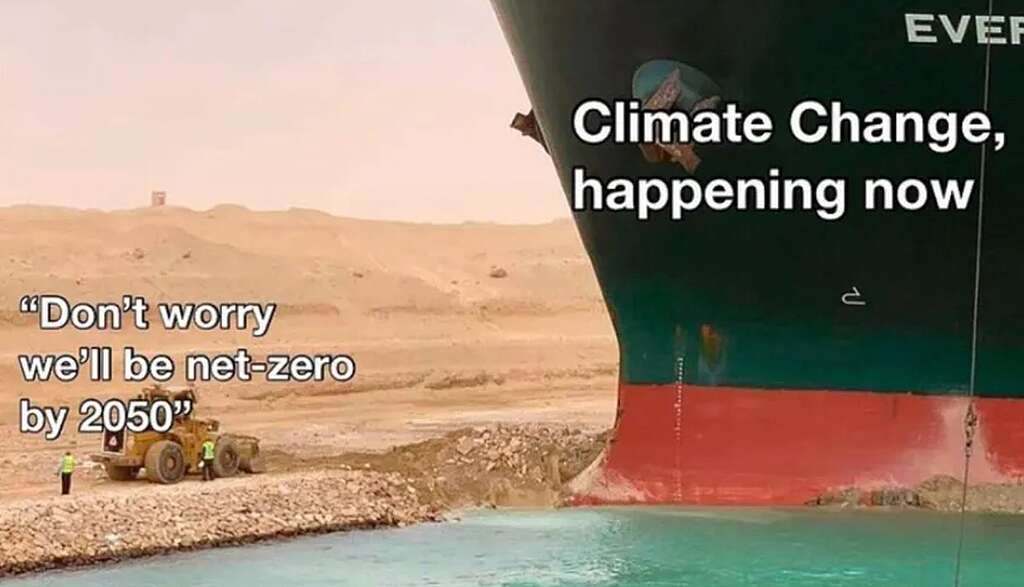
Prioritising and addressing the multiple causes of flooding in Africa holistically is key to efficiently addressing the continent’s flooding crisis.
The climate crisis
The link between extreme weather events like flooding and climate change is undeniable. Failure to mitigate the climate crisis will result in an increase in the rate and magnitude of such weather events.
For vulnerable communities across the continent, this translates to food scarcity, water shortage, poverty, increased morbidity and mortality, and displacement.
Therefore, it is vital for African governments to acknowledge the climate crisis and to declare a climate emergency. Doing so will help raise awareness of the severity of the climate crisis and prompt urgent action from governments and the public.
Formally acknowledging the climate emergency will also put African nations in a better position to negotiate for greater international support, climate finance, and technical assistance at international climate summits.
Further, this approach can leverage collective climate action by encouraging a shared sense of responsibility and collaborative effort to tackle the climate crisis.
More importantly, declaring a climate emergency prioritises climate action and prompts African governments to develop national budgets and policies, and make investment decisions that will address the crisis.
“The undeniable truth of climate change necessitates immediate and decisive action” – Greenpeace Africa on X”
Deforestation

Addressing deforestation can minimise flooding by reducing surface runoff and increasing water infiltration.
Some approaches for reducing flooding triggered by deforestation include promoting sustainable forest practices such as agroforestry and forest conservation, enforcing more stringent regulations to curb deforestation, and supporting community-led forest initiatives.
Urbanisation
African countries need to prioritise sustainable urban planning to reduce flood risks. This can be achieved by implementing land-use regulations that safeguard green spaces and permeable surfaces.
Investing in improved drainage networks is also essential, particularly in densely populated cities in Africa.
African nations can further counter flooding precipitated by rapid urbanisation through formulating restrictions that prevent infrastructural development in flood-prone locations.
Poor infrastructure
Tackling infrastructural challenges strengthens African nations to withstand heavy rainfall and reduces flooding events.
For instance, upgrading flood defences can minimise the possibility of inundation. One way to accomplish this is through building strong embankments and levees alongside rivers or dams to prevent them from collapsing during heavy rainfall.
In addition, robust early warning systems can reduce flood risks such as loss of life by alerting vulnerable communities in a timely manner. This allows them to prepare adequately for floods and evacuate from high-risk areas on time.
Make a real impact
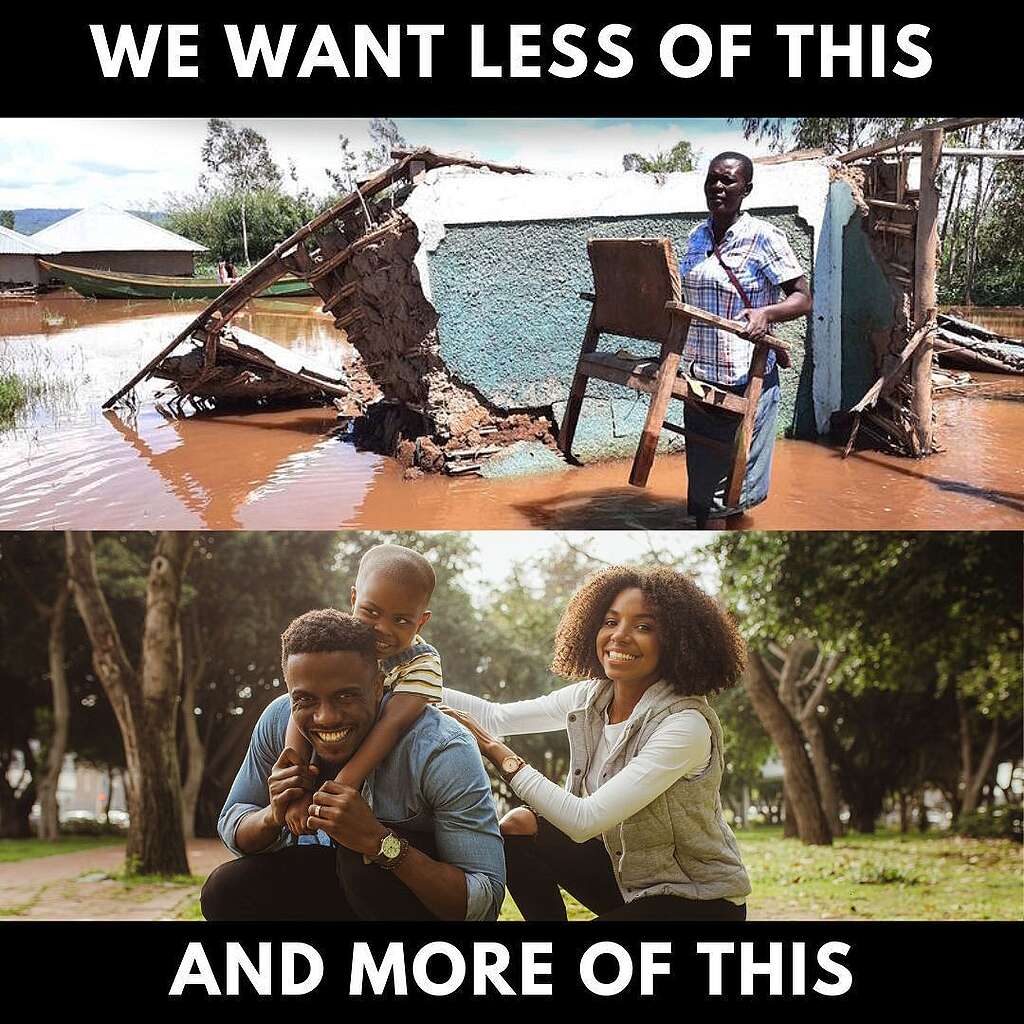
Building resilience to floods and minimising their devastating impacts in Africa requires us to collectively take proactive steps towards resolving the issue. Here are some ways you can make a positive impact:
- Hold African governments accountable by demanding climate action.
- Demand accountability from corporations whose activities are responsible for climate change by signing this petition.
- Minimise your carbon footprint by engaging in activities that produce less greenhouse gases in the atmosphere. This could look like switching to eco-friendly products, reducing your meat and dairy intake, and shifting to renewable energy where possible.
- Raise awareness on unsustainable practices that increase flood risks such as deforestation.
- Support forest conservation efforts and initiatives.
- Advocate for sustainable urban planning practices.
- Spread the word by sharing this blog and empower others to make a difference.
- Make a donation to support us in defending our environment.
We stand in solidarity with everyone that has been impacted by the recent devastating floods.

